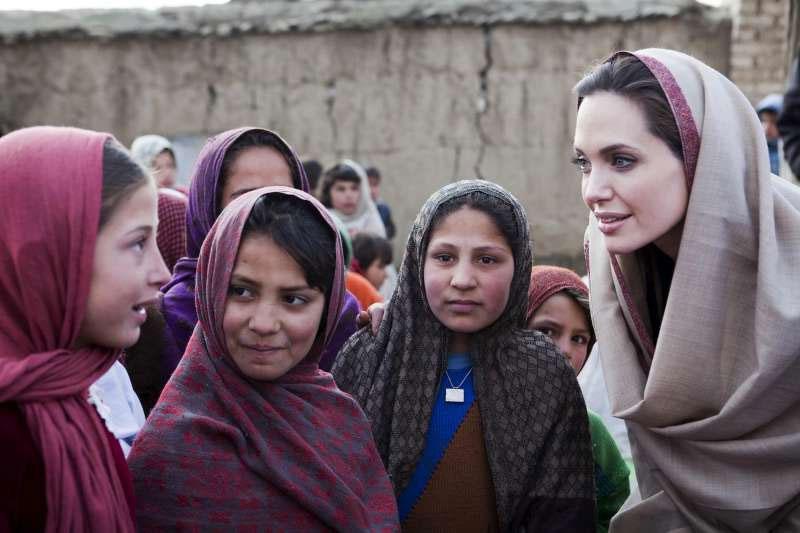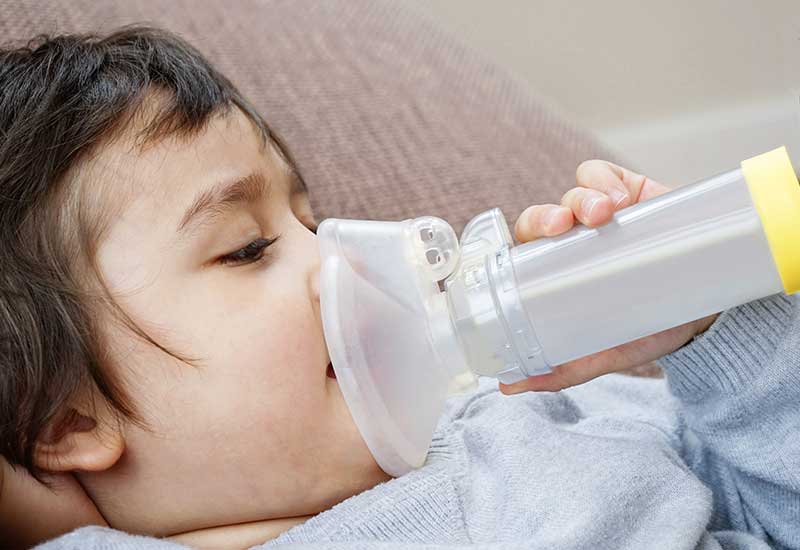Should we promote health and wellness instead of beauty standards?
Promoting health and wellness over beauty standards is a forward-thinking and holistic approach that prioritizes well-being, self-care, and individuality. There are several compelling reasons why emphasizing health and wellness is not only beneficial but necessary:

Holistic Well-being: Health and wellness encompass physical, mental, and emotional well-being, providing a more comprehensive and sustainable perspective on personal and happiness.
Reduced Stress: Focusing on Wellness through practices such as regular exercise, a balanced diet, and stress management can significantly reduce stress levels. In contrast, pursuing rigid beauty standards often leads to stress and anxiety.
Promoting health and wellness encourages individuals to appreciate their bodies and fosters a positive body image rooted in self-acceptance.
Empowerment: Emphasizing Wellness empowers individuals to take control of their well-being. It encourages autonomy also self-advocacy, fostering a sense of agency over one’s life.
Inclusivity: Wellness practices can be adapted to individual needs and preferences. Making them accessible to a diverse range of people. This approach doesn’t discriminate based on age, gender, or body type.
Long-term Benefits: Prioritizing Wellness leads to long-term benefits. Such as improved physical, enhanced emotional resilience, also better mental outcomes. In contrast, beauty standards often lead to short-term, unsustainable results.
Resilience: Wellness practices equip individuals with coping strategies and emotional resilience to navigate life’s challenges. In contrast, beauty standards can undermine self-esteem and exacerbate stress when individuals try to conform to unattainable ideals.
Prioritizing Wellness encourages authenticity and personal well-being over conforming to external standards. This authenticity leads to greater self-confidence and fulfillment.
Focusing on Wellness can reduce harmful practices like extreme dieting, excessive exercise, and unnecessary cosmetic procedures.
Promoting mental health involves practices like mindfulness, stress reduction, and seeking professional help when needed.
Conclusion
Promoting health and wellness over beauty standards is a compassionate, empowering approach that aligns with a more inclusive view of well-being.
Encouraging individuals to prioritize their health fosters a healthier relationship with themselves, their bodies, and their mental health. It promotes long-lasting benefits, resilience, and a greater sense of self-acceptance. 온라인카지노









